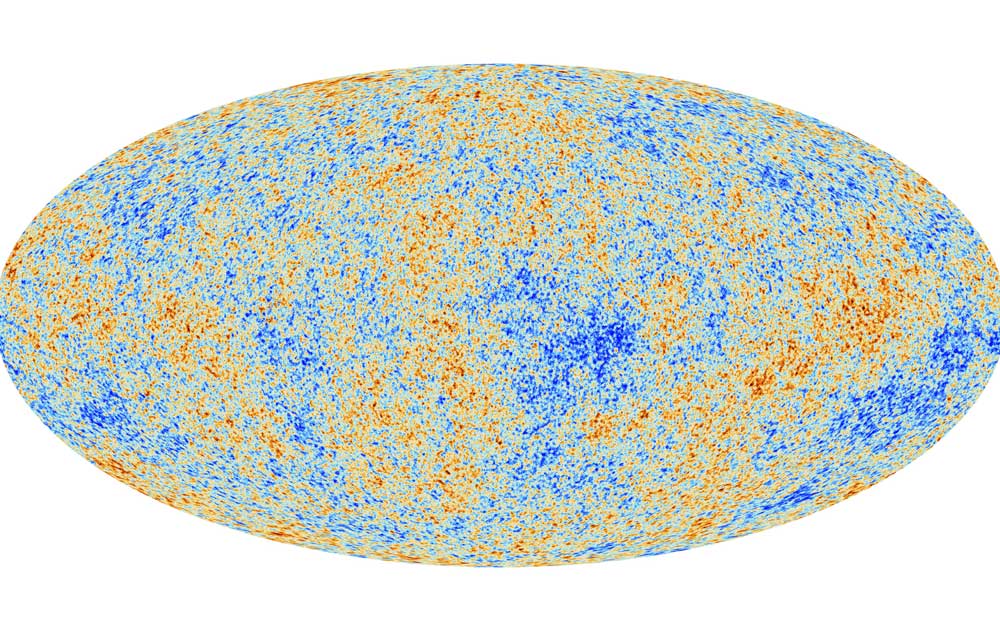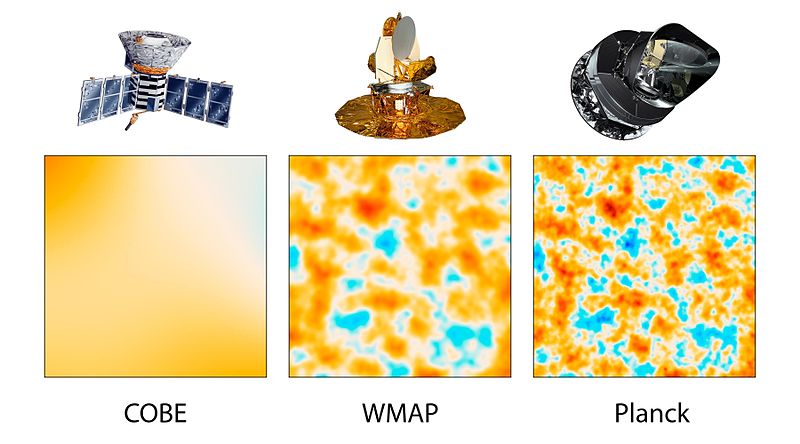
Data collected by the Planck telescope during the past 15 months gives us a new birth date for our universe. The universe seems to be both older and filled with more matter than previously thought.
Planck Spacecraft
This data compiled and collected by Planck gives us a new updated picture of the universe. Planck was launched in May 2009 and is designed to observe the anisotropies of the cosmic microwave background (CMB) over the entire sky, at a high sensitivity and angular resolution, it is named in honor of the German physicist Max Planck (1858–1947),
The picture, which was unveiled on Thursday by the European Space Agency, is more proof of the Big Bang theory but also provides us with details that force researchers to adjust some generally accepted ideas about the universe.
The now emerging picture of the young universe is about 50 million years older than previously assumed. Since the rate of expansion has proved to be a bit slower, the age of the universe has therefore been reestablished to 13.82 billion years.
Glancing at the speckled pattern in the newly emerged picture of the cosmic microwave background radiation is, in fact, a look at the very earliest history.
Cosmic Microwave Background Radiation
Just after its birth which in astronomical terms is defined to about 380,000 years, the Universe was a hot soup of protons, electrons, and photons. When the protons then began to merge into hydrogen atoms, the light now visible by Planck of the so-called cosmic microwave background radiation (CBM) was created.

The continuing expansion of the universe implies that the wavelength has been stretched corresponding to a temperature o just 2,7 degrees above absolute zero. With small differences between areas of the CBM corresponding to differences in density, giving us a picture of the seeds of all matter in the Universe; its stars, planets, and galaxies.
This updated picture provides us with some new intriguing findings and oddities as it shows the Universe to be asymmetrical. The average temperature is higher at one end than the other and this goes against the standard model predicting about the same temperature. The other of the oddities is a large cold area. With weaker CBM in one direction than the other, this may actually indicate a different universe affecting our own, in different directions on a truly awesome scale that we are unable to detect.
The new picture by the Planck telescope also tells us that there is more matter than previously thought in the universe, but with a larger proportion of this possibly consisting of dark matter. Estimations also indicate that there are somewhat less than previously thought of the mysterious dark energy.
The complete results from Planck, which still operational and scanning the universe, will be released in 2014.
______________
ESA Cosmic microwave background seen by Planck
____________________________






















